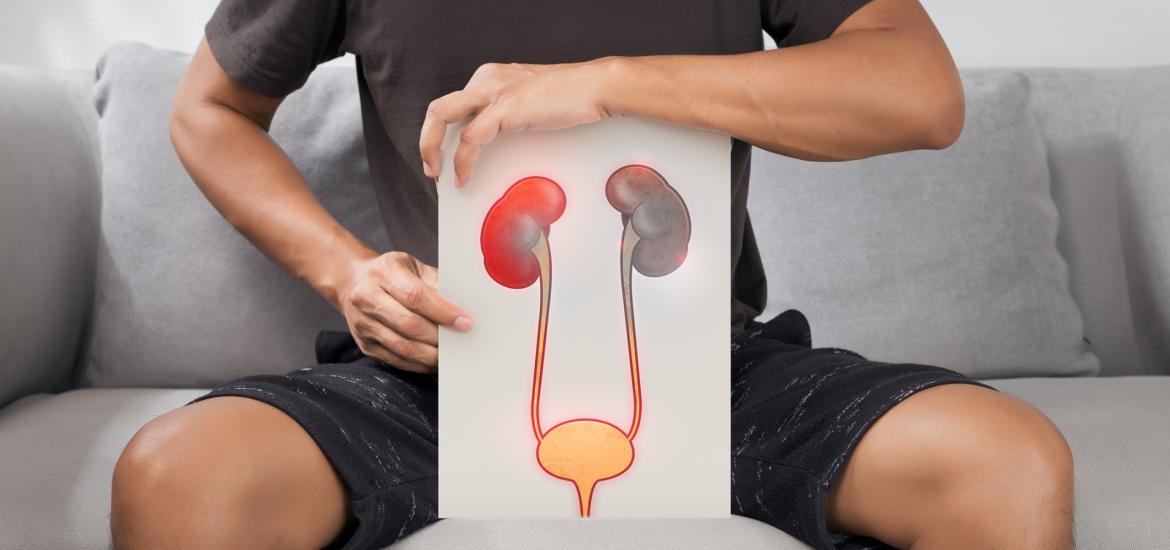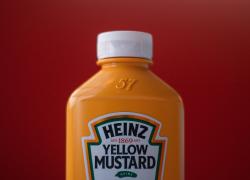
J&J broadens its bladder cancer push
TAR-210's latest non-muscle invasive bladder cancer phase 3 setting is post-BCG.
TAR-210's latest non-muscle invasive bladder cancer phase 3 setting is post-BCG.

Johnson & Johnson has already laid out ambitious plans for its Taris-originated drug-device bladder cancer contenders, and the group’s latest pivotal trial will see it shoot for a new use with its erdafitinib-releasing TAR-210: high-risk non-muscle invasive bladder cancer previously treated with Bacillus Calmette-Guérin (BCG).
The new study, Moonrise-3, will add to the ongoing Moonrise-1 in first-line, intermediate-risk NMIBC. Both trials are focused on patients with FGFR alterations; erdafitinib is an FGFR inhibitor, and an oral formulation is already marketed by J&J as Balversa.
TAR-210 is a device implanted in the bladder that elutes erdafitinib; it’s hoped that local delivery could reduce systemic toxicity. Balversa has warnings of ocular disorders and hyperphosphatemia.
J&J is also developing TAR-200, which elutes gemcitabine. The company gained both projects via its 2019 acquisition of Taris Biomedical for an undisclosed fee, and believes that together they could bring in $5bn in peak sales. So far, the phase 3 programme for TAR-200 is more extensive, with various studies ongoing in both BCG-naive and experienced NMIBC.
The latest trial shows a converging of the populations that J&J is targeting with TAR-200 and TAR-210; until now the focus for TAR-210 has been intermediate-risk disease, where most patients are FGFR-positive, according to the company.
Phase 3 trials of TAR-210
| Trial | Setting | Regimen | Primary endpoint | Timing |
|---|---|---|---|---|
| Moonrise-1 | 1st-line intermediate-risk NMIBC with FGFR alterations | Monotherapy vs intravesical chemotherapy | DFS | Began Apr 2024, completes Jun 2028 |
| Moonrise-3 | 2nd-line high-risk NMIBC (post-BCG) with FGFR alterations | Monotherapy vs intravesical chemotherapy | DFS | To begin Aug 2025, completes Aug 2027 |
Note: DFS=disease-free survival, NMIBC=non-muscle invasive bladder cancer. Source: OncologyPipeline & clinicaltrials.gov.
Moonrise-3, which isn’t due to start until August, will enrol high-risk patients deemed BCG-unresponsive (relapse within six months) or BCG-experienced (relapse within 12 months), or those unable to complete BCG induction because of toxicity. Patients must be ineligible for or have refused cystectomy.
The study will also only enrol patients with papillary disease, and not carcinoma in situ; the latter is more aggressive.
NMIBC accounts for around 75% of bladder cancers, with around a third of patients deemed high-risk, and another third intermediate-risk.
J&J has sped into phase 3 with TAR-210 based on a phase 1/2 trial, the most recent data from which came at the 2024 American Urological Association meeting: among 21 high-risk BCG-unresponsive patients the 12-month recurrence-free survival rate was 90%.
The study also included intermediate-risk NMIBC, with a complete response rate of 90% among 31 subjects. However, adverse events will be worth keeping an eye on: two patients discontinued the study owing to low-grade urinary symptoms, and two had serious treatment-emergent adverse events of pyelonephritis and sepsis, and UTI and sepsis.
BCG
BCG is still a mainstay of NMIBC therapy, but is inconvenient, comes with side effects and has a recurrence rate of around 40%; it has also been in short supply.
Recently approved therapies for BCG-unresponsive NMIBC include Merck’s Keytruda, Ferring’s gene therapy Adstiladrin and ImmunityBio’s IL-15 receptor agonist Anktiva; however, the last is given alongside BCG.
Others are also vying for a piece of this market, including J&J itself with TAR-200, CG Oncology with cretostimogene grenadenorepvec, and Protara Therapeutics with TARA-002.
As for upcoming J&J bladder cancer readouts, the group is promising more data from the phase 2 Sunrise-1 trial of TAR-200 in BCG-unresponsive patients; that study was the basis for an FDA filing in January for BCG-unresponsive high-risk NMIBC. But the big event will be results from the confirmatory Sunrise-3 trial, in first-line high-risk NMIBC, which could emerge as early as this year.
891













